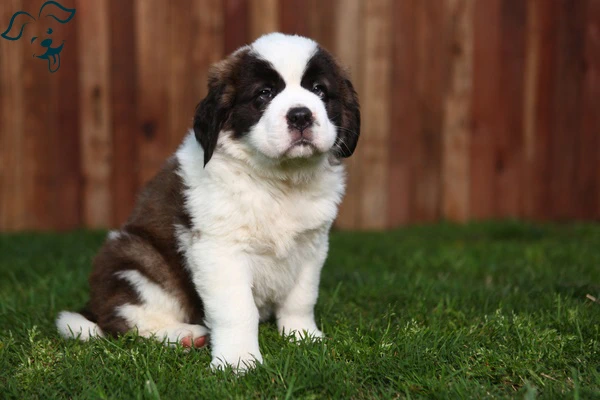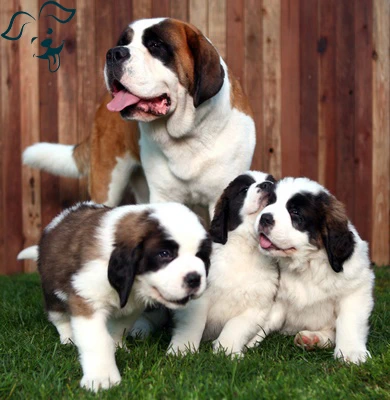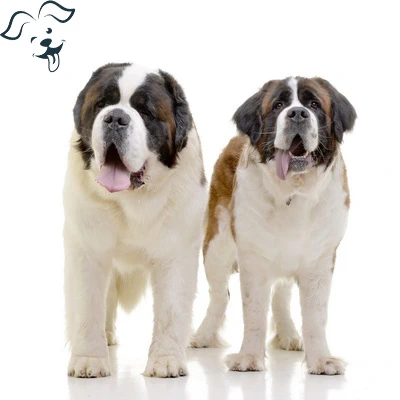CARING WITH FAMILY
|
| The level of affection exhibited by a breed towards family members and close acquaintances can vary. While some breeds tend to be more reserved and aloof forming deep bonds primarily with their owners others have a natural inclination to treat everyone they know as their best friend. It ultimately depends on the breed's inherent characteristics, socialization and individual temperament. Understanding the breed's typical behavior and tendencies can provide insights into their affectionate nature and how they interact with familiar individuals. |
LOVE WITH CHILDREN
Unwise
Good With Children
|
| A breed's level of tolerance and patience with children's behavior as well as its overall family-friendly nature can vary considerably. Some breeds naturally possess a gentle and patient disposition, making them well-suited for interactions with children. These breeds are typically more tolerant of the unpredictable actions and loud noises often associated with young children. They have a higher capacity to adapt and remain calm in various family situations. However, it is crucial to remember that individual personalities can differ within a breed and early socialization and proper training are essential for any dog's interactions with children. |
BEHAVIOR WITH DOGS
Unwise
Good With Other Dogs
|
| The general friendliness of a breed towards other dogs can vary significantly. While it is essential to supervise dogs during interactions and introductions with other dogs certain breeds have a natural predisposition to get along well with their canine counterparts both in home settings and public environments. These breeds typically possess a social and amiable nature that facilitates positive interactions and a higher likelihood of forming harmonious relationships with other dogs. |
SHEDDING LEVELS & MANAGEMENT
No Shedding
Hair Everywhere
|
| The amount of fur and hair that a breed typically sheds can vary significantly. Some breeds are considered low-shedding meaning they tend to leave behind minimal amounts of fur or hair. These breeds often have hair that grows continuously similar to human hair and require regular grooming to prevent matting and keep their coats in optimal condition. |
COAT GROOMING STANDARDS
|
| The grooming requirements, including bathing, brushing, trimming, and other coat maintenance, can vary greatly among different breeds. When considering a breed it is essential to take into account the time patience and budget you have available for grooming. Some breeds have relatively low-maintenance coats that only require occasional brushing to keep them free from tangles and mats. These breeds may only need bathing when they become particularly dirty or odorous. |
DROOLING INTENSITY
Less Likely to Drool
Always Have a Towel
|
| The drooling tendencies of a breed can vary significantly. Some breeds are known to be minimal droolers and generally keep their mouths relatively dry. On the other hand, there are breeds that have a higher propensity to drool often termed as "heavy droolers." If you are someone who values cleanliness and prefers to avoid excessive drooling it's important to research and choose a breed that is less prone to drooling. These breeds typically have tighter jowls and less pronounced drool production. |
COAT STYLES GUIDE |
| Wiry, Smooth, Rough, Double |
| COAT SPECTRUM |
| Short |
FRIENDLINESS
Reserved
Everyone Is My Best Friend
|
| The level of welcoming or cautiousness a breed exhibits towards strangers can vary greatly. Some breeds tend to be more reserved or cautious when encountering strangers regardless of the location or situation. They may take time to warm up and require proper introductions and socialization to feel comfortable in the presence of unfamiliar individuals. |
LIVELINESS
Only When You Want To Play
Non-Stop
|
| This refers to a breed's playfulness level. Breeds with high playfulness levels will often remain energetic and eager to engage in playtime activities like tug-of-war, fetch or other interactive games even as they grow older. On the other hand, less playful breeds may prefer more laid-back activities and relaxation, and they might not initiate or show much interest in high-energy play as they age. When choosing a dog, it's important to consider how their playfulness level aligns with your lifestyle and activity preferences. For example, if you're looking for an active companion to join you on runs or hikes, a more playful breed may be suitable, whereas if you prefer a more tranquil home environment a less playful breed might be a better fit. |
VIGILANCE INTENSITY
What's Mine Is Yours
Vigilant
|
| These traits refer to a dog's watchdog and protective nature. These dogs are likely to bark and alert their owners of any unfamiliar presence or potential danger. They may be wary of strangers initially but once they are sure that the stranger is not a threat and has been accepted by their family they may become friendly and welcoming. These breeds are often great for families looking for a dog that will help keep their home and loved ones safe. |
ADAPTATION CAPACITY
Lives For Routine
Highly Adaptable
|
| The adaptability of a breed in handling changes is a significant factor to consider. This encompasses the breed's ability to adjust to variations in living conditions, noise levels, weather conditions, daily schedules and other day-to-day alterations. Some breeds are more flexible and can easily adapt to these changes, while others may find it more challenging. Assessing a breed's adaptability is crucial when seeking a canine companion that can seamlessly adjust to different circumstances and environments. |
OBEDIENCE LEVEL
Self-Willed
Eager to Please
|
| This refers to a breed's trainability or how responsive and eager a dog is to obey commands and learn new tasks. Breeds that are highly trainable are often keen to please their owners and enjoy the challenge of learning new commands, tricks or behaviors. They typically excel in obedience training and are often used in various roles that require extensive training, such as service or work dogs. |
STAMINA LEVEL
|
| This pertains to a breed's energy level which reflects their need for physical activity and mental engagement. High-energy breeds require frequent vigorous exercise and mental stimulation to stay healthy and content. These dogs are typically enthusiastic and thrive on activities such as running, hiking, agility training or playing interactive games that challenge them both physically and mentally. Without adequate exercise, high-energy breeds may exhibit behaviors such as excessive barking, chewing, or digging due to pent-up energy. |
VOCALIZATION
|
| Infrequent |
LEARNING CURIOSITY LEVEL
Happy to Lounge
Needs a Job or Activity
|
| This is referring to a breed's need for mental stimulation, which is as important as physical exercise in keeping a dog healthy and well-behaved. Some breeds, especially those that were bred for specific jobs like herding, hunting or working alongside humans, require a significant amount of mental engagement. These breeds need tasks that challenge their intellect, such as advanced training, interactive games, puzzles or regular participation in dog sports. |
| COLORS |
|
Description
|
Registration Code
|
|
Brown & White
|
063
|
|
Mahogany & White
|
130
|
|
Orange & White
|
134
|
|
Red & White
|
146
|
|
Brindle & White
|
059
|
|
Rust & White
|
162
|
|
White & Brown
|
204
|
|
White & Orange
|
213
|
|
White & Red
|
214
|
|
| PATTERNS |
|
Description
|
Registration Code
|
|
Black Mask
|
004
|
|






























FRIENDLINESS
LIVELINESS
VIGILANCE INTENSITY
ADAPTATION CAPACITY